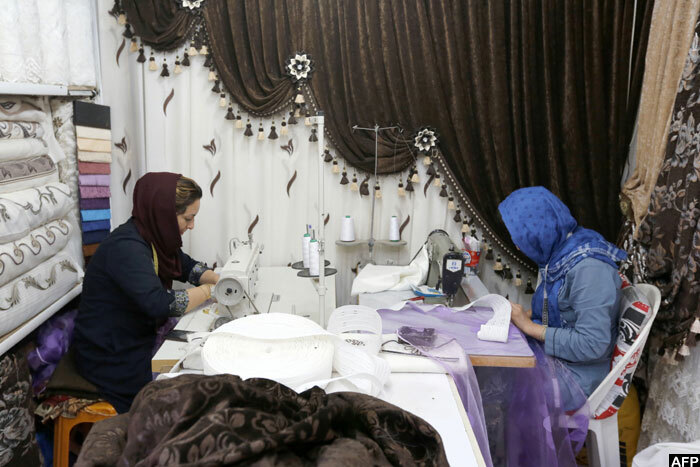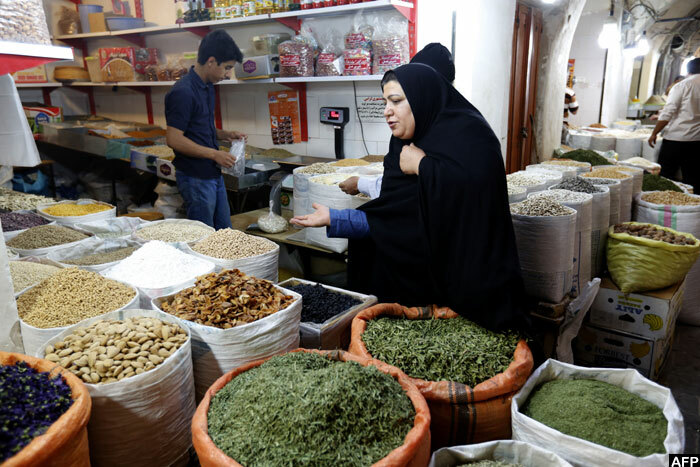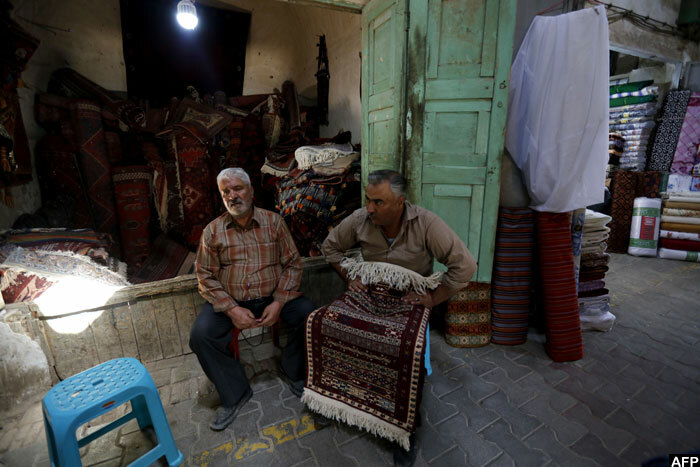Fighting rising infertility and taboos
Aug 16, 2016
As well as social taboos, Iranians must contend with varying instructions from religious leaders.

With infertility rising in pollution-plagued Iran, a growing number of couples must navigate the country's web of social and religious taboos as they seek treatment.
After years of struggling for a second child, Mohammed and his wife made the difficult decision to visit a fertility clinic in Tehran.
Waiting anxiously in the corridor while his wife underwent in-vitro fertilisation (IVF), the 45-year-old said his biggest concern was that his family might find out.
"Some people don't like to admit they are receiving a donation because family members might later say that the sperm was not his and the child cannot inherit anything as he or she is not part of the family by blood," he said.
In fact, the doctors were using Mohammed's own sperm, but he was worried his family might not believe that.
This happened to one of his cousins who was born through IVF treatment and later became embroiled in a bitter inheritance dispute with his family.
"This is why people don't want to be photographed here. We worry it will cause problems," he said.

Iranian women sew to make curtains at the old bazaar on August in the southern Iranian city of Sirjan
Iran has a broadly progressive attitude to modern medicine, and some of the most advanced facilities in the Middle East, but fertility treatment remains a sensitive issue.
As well as social taboos, Iranians must contend with varying instructions from religious leaders.
It is illegal, for instance, to directly insert into a woman the sperm of a man who is not her husband.
Using another woman's eggs is less controversial, although a "temporary marriage" is recommended between the man and female donor that can be annulled after the operation.
There is a grey area, however, since some clerics say an egg that has already been fertilised in a lab -- even with a third party's sperm -- is considered to have its own identity and can therefore be implanted into the womb.
'Increased severely'
These questions are becoming more acute in Iran as evidence emerges of rising infertility.

An Iranian woman shops at the old bazaar in Sirjan
A comprehensive study carried out in 2012 found that 20 percent of couples in Iran were failing to conceive after trying for a year.
That is around five to eight percentage points higher than the global average reported by the World Health Organization.
An estimated three million couples are unable to conceive in Iran, but the country only has the capacity to administer around 40,000 IVF treatment cycles per year.
"Male infertility has increased severely," said Mohammad Mehdi Akhoundi, head of Tehran's Avicenna fertility clinic as well as the Iranian Society of Embryology and Reproductive Biology that carried out the study.
"In the past 25 years that we have been involved with treating infertility... the sperm quality of men has dramatically decreased and we also observe much more premature menopause."
Interviews with the heads of two other clinics in Tehran supported the findings.
"We don't have precise figures, but we do see a rise in infertility among both men and women," said the head of a private hospital's IVF section, asking not to be named due to the sensitivity of the topic.
All those interviewed said pollution was the most likely cause of the spike.
Tehran is a heavily polluted city, home to around five million cars. Poor water treatment facilities, a worsening diet and smog-producing factories are also likely factors in infertility, the doctors said.

Iranian carpet vendors wait for customers at the old bazaar
'Gone through so much'
As well as social and religious taboos, there is also the question of money.
Even the Avicenna clinic, which is a public facility, charges about 70 million rials (around $2,000) for one cycle of treatment -- around five months' wages for the average worker -- and success can never be guaranteed.
Nonetheless, the clinic has seen a steady 15 percent increase in patients each year, prompting its directors to start building larger facilities.
Speaking in the lobby shortly after IVF treatment, 28-year-old Parisa, who did not want to give her full name, was highly emotional as she spoke of the difficulties she had faced during five years of trying for a child.
It was an uphill struggle convincing her husband, who was embarrassed about his infertility, to try IVF.
Their first procedure was successful, but the foetus died after three months.
Now the doctors have taken three eggs to fertilise.
"I would be happy with triplets!" she said, but her laughter quickly turned to tears.
"I have gone through so much -- I will take whatever God gives me."
